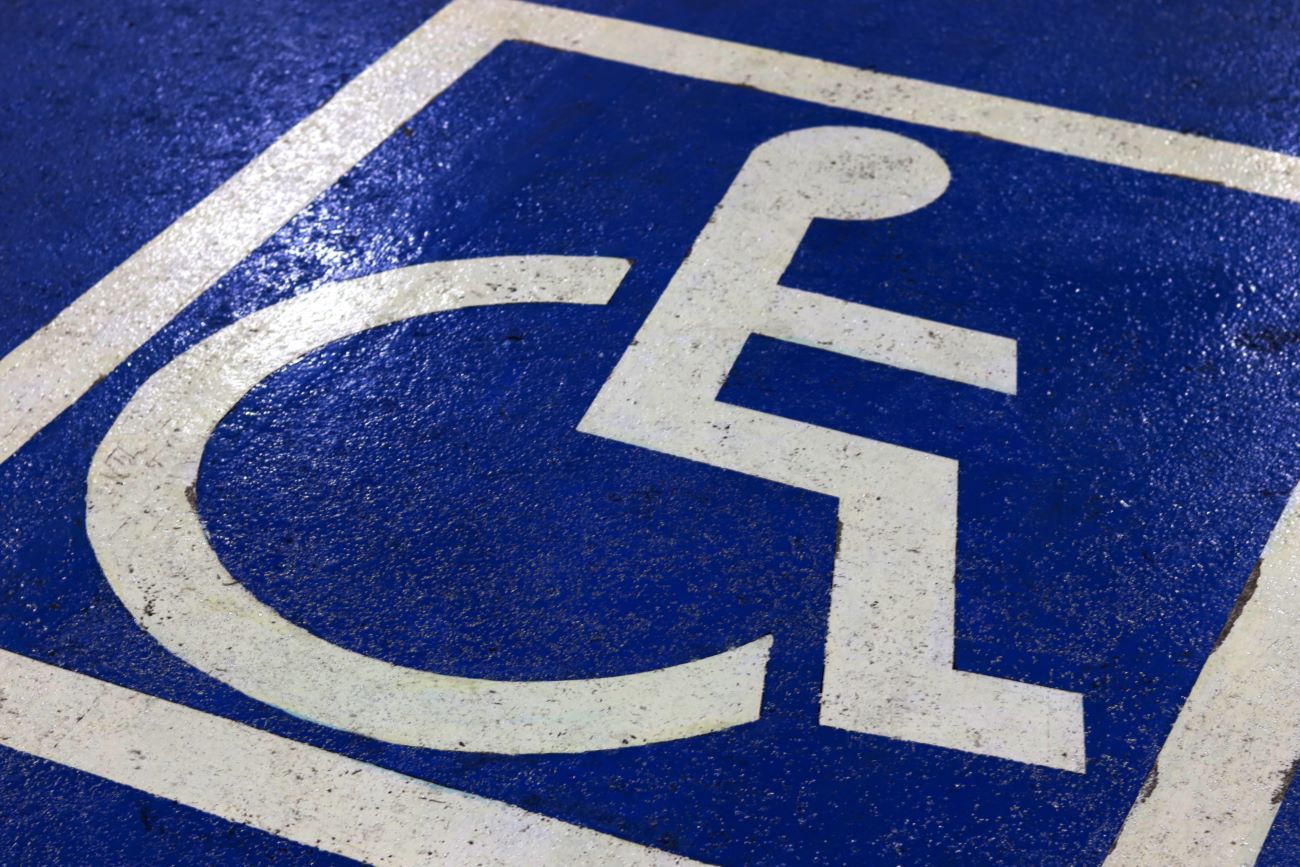Binding Rate Information (BRI)
Binding Rate Information is a decision aimed at facilitating taxpayers in applying VAT rate regulations and providing them with appropriate protection in this regard. From the taxpayer’s perspective, BRI is a guarantee that the correct VAT rate has been applied to the goods or services sold by the entity according to the CN (Combined Nomenclature) for goods or PKWiU (Polish Classification of Goods and Services) for services. Such information is binding for the tax authority. This means that it serves a protective function for the taxpayer in the event of a tax audit. If the VAT rate for a given product or service is challenged, the obtained rate information prevents its questioning and results in a positive audit outcome.
The BRI institution is established by Article 42a of the Value Added Tax Act of March 11, 2004, defining it as a decision issued for the purposes of taxation of the supply of goods, import of goods, intra-community acquisition of goods, or provision of services. It includes a description of the goods or services subject to BRI, classification of the goods according to the section, position, sub-position, or code of the Combined Nomenclature, or according to the section, group, class, category, subcategory, or position of the Polish Classification of Goods and Services, or according to the section, group, or class of the Polish Classification of Construction Objects, or services according to the section, group, class, category, subcategory, or position of the Polish Classification of Goods and Services, as well as the appropriate tax rate for the goods or services, except in the case referred to in Article 42b(4) of the aforementioned Act. According to Article 42b(4) of the Act, an application for issuing a BRI may include a request for classifying the goods or services for the purposes of applying the provisions of the Act and executive regulations issued based on it, other than those concerning the determination of the tax rate.
Combined Nomenclature (CN)
To address the issue of taxation of energy storage systems, one should start with the method of classifying goods for customs and tax purposes. This is because the correct classification of goods determines the VAT rate that will apply in this case. The current tool used for classifying goods for VAT purposes is the Combined Nomenclature (CN). The CN Nomenclature groups goods into sections, chapters, and subchapters. Each CN subheading has an eight-digit code number. Until now, to determine whether a specific product could benefit from a reduced VAT rate (5% or 8%), it was necessary to determine its correct PKWiU classification. Only based on such a classification was it determined whether the given product is listed in the appropriate annex to the VAT Act, which lists goods subject to a reduced tax rate. Thanks to the new VAT rate matrix that is CN, the identification of reduced rates applies to entire sections of the CN classification.
Using the BRI tax interpretation 0111-KDSB1-1.440.89.2024.3.MC dated June 11, 2024 we will outline the correct classification of the product – energy storage. Proposed PKWiU classification: 27.20.23.0 – Nickel-cadmium, nickel-hydride, lithium-ion, lithium-polymer, nickel-iron, and other electric accumulators. The above item falls under Section C of the PKWiU Industrial Processing Products. It should be noted that according to the explanations to the Polish Classification of Goods and Services, Section C includes industrial processing products, which are understood as the physical or chemical processing of raw materials, materials, or semi-finished products into a new product. The raw materials, materials, or semi-finished products processed within this Section result from agricultural, forestry, fishing, mining, or other manufacturing activities. Therefore, the explanations to the PKWiU clearly indicate that the groupings in Section C include products resulting from the production process, meaning they are sold directly by producers.
Comprehensive service
An issue worth exploring is comprehensive services and the method of taxing such services. To clarify the above matter, we will base our explanation on the Binding Rate Information dated November 10, 2023, 0111-KDSB1-2.440.240.2023.4.DK, which addresses the supply and installation of electrical energy (…), combined with a domestic electrical system and a photovoltaic system generating electrical energy stored in an energy storage system in single-family residential buildings with a usable area not exceeding 300 m2, classified under PKOB 1110. It should be emphasized that, as a rule, each service for the purposes of VAT should be treated as separate and independent. However, if two or more services (or activities) performed by the taxpayer for the consumer are so closely linked that they objectively form an economic whole, whose separation would be artificial, then all these services or activities constitute a single service for the purposes of applying VAT.
This position is confirmed by the Supreme Administrative Court in its ruling of April 1, 2015, file ref. I FSK 2134/13, which stated that “each transaction should usually be considered separate and independent, and a transaction consisting of a single service in economic terms should not be artificially divided to avoid impairing the functionality of VAT. Therefore, one should first look for characteristic elements of the transaction in question to determine whether the taxpayer provides the client with several separate main services or a single service. A single service occurs when at least two elements or at least two activities performed by the taxpayer for the client are so closely linked that they objectively form only one indivisible economic service, whose separation would be artificial.” The CJEU adds that when a transaction consists of a set of services and activities, all circumstances in which it is carried out should be considered. The nature of the benefit in question must be assessed taking into account the point of view of the purchaser and the characteristics of that benefit. A single comprehensive supply occurs in particular when one or more components are considered to be the principal (main) supply, while another or other components are treated as ancillary activities to which the same taxation rules apply as to the principal supply. If, however, the performance includes activities that do not solely serve the purpose of performing the principal, main activity, but may also be self-contained, then there is no basis for treating them as part of a comprehensive performance.
Furthermore, Advocate General Juliane Kokott noted that “If a set of benefits and activities establishes an aggregate price, in the light of the Court’s case law, this is also an indication of the existence of a single composite benefit. Conversely: agreeing on separate prices for individual elements of the benefit is also merely an indication in favor of the existence of several independent benefits.”
Whether a comprehensive supply is a supply of goods or a service should be determined by the element that is predominant within the overall supply. If the dominant element within a given transaction is the delivery of goods in order to transfer the right to dispose of them as owner, while the other activities are of an ancillary or incidental nature, then the transaction should be treated as a supply of goods as referred to in Article 7(1) of the Act. On the other hand, if the essence of the transaction will be other activities, then, even though there may also be a delivery of goods as part of such a transaction, it should be treated as a supply of services.
Taking into account the above-mentioned aspects to help define the main benefit, it should be pointed out that, in the aforementioned tax interpretation, the customer is primarily interested in purchasing the energy storage, while installation in this case is an ancillary element. Accordingly, the goods described in the application are classified in Chapter 85 of the Combined Nomenclature (CN) and are not subject to a reduced VAT rate. Its delivery, import, or intra-community acquisition is subject to a VAT rate of 23%, based on Article 41(1) in conjunction with Article 146ea(1) and Article 146ef(1)(1) of the Value Added Tax Act.
This Binding Rate Information (BRI) is valid if no subjective or objective exemption from value-added tax applies in the matter at hand (Article 42a of the Act). To address the elimination or application of an exemption, the Applicant may request an individual interpretation from the Director of the National Tax Information. It should be remembered that individual interpretations are not issued for matters covered by the BRI. The BRI does not determine the application of a VAT exemption. It is issued solely concerning taxation at rates of 0%, 5%, 8%, or 23%, except for the taxation of intra-community acquisition of goods and export of goods. We will discuss the aforementioned individual tax interpretation later in the article.
Thermal modernization relief
A frequently asked question directed to the Director of the National Tax Information (NTI) by taxpayers is the possibility of deducting the cost of purchasing an energy storage system under the thermal modernization relief. To consider this issue, we will use individual tax interpretations dated May 16, 2024 0112-KDIL2-1.4011.286.2024.2.PW and February 28, 2024, 0112-KDIL2-1.4011.961.2023.2.JK. The above type of interpretation is issued upon the request of the interested party, in their individual case, and constitutes a separate form of legal and tax protection.
According to Article 26h(1) of the Personal Income Tax Act of July 26, 1991, the thermal modernization relief is available to the owner or co-owner of an existing single-family residential building as defined in Article 3(2a) of the Construction Law. A taxpayer who is the owner or co-owner of such a single-family residential building has the right to deduct from the tax calculation base the expenses incurred in the tax year on construction materials, devices, and services related to the implementation of a thermal modernization project in this building, which will be completed within a period of 3 consecutive years, counting from the end of the tax year in which the first expense was incurred.
The recipients of the thermal modernization relief are income taxpayers who pay tax according to the tax scale, a 19% tax rate, and who are owners or co-owners of single-family residential buildings, incurring expenses for the implementation of thermal modernization projects. The right to deduct this relief also applies to taxpayers paying a lump sum on recorded revenues under Article 11(1) and (2) of the Act on Lump-Sum Income Tax on Certain Revenues Earned by Individuals.
The list of deductible expenses is included in the annex to the Regulation of the Minister of Investment and Development of December 21, 2018, on specifying the list of types of construction materials, devices, and services related to the implementation of thermal modernization projects. Analyzing the deductible expenses, we conclude that the relief applies to expenses strictly related to the thermal modernization of an existing building, incurred for its insulation and modernization of the heating system. It should be remembered that only those expenses do the qualify the taxpayer for the thermal modernization relief.
Expenses deductible under the discussed relief should be settled in the tax return filed for the year in which the expenses were incurred. The amount of the deduction cannot exceed PLN 53,000 in relation to all thermal modernization projects carried out in individual buildings of which the taxpayer is the owner or co-owner. The amount of expenses is determined based on invoices issued by a VAT taxpayer who does not benefit from an exemption from this tax. If the incurred expenses were subject to VAT, the expense amount is considered to include the VAT, provided that this tax has not been deducted under the VAT law. The date of incurring the expense is considered to be the invoice date.
Expenses that the taxpayer did not incur because they were reimbursed (refunded) are not eligible for deduction. Deductions apply to those expenses whose economic burden is borne by the taxpayer (reducing their assets). There is also no possibility of deducting expenses that have already reduced the taxpayer’s tax liability in any form. Deductions are made in the tax return for the tax year in which the expenses were incurred.
In the catalog of deductible expenses found in the annex to the aforementioned regulation of the Minister of Investment and Development, in part 1, point 13, a photovoltaic cell with equipment is indicated. Meanwhile, in part 2, point 13, the installation of a photovoltaic system is indicated. Therefore, if the equipment of the photovoltaic system constitutes an integral part of it, is an improvement resulting in reduced energy demand or a partial change of energy sources to renewable sources, and is additionally listed in the Minister’s Regulation – owners of photovoltaic systems have the opportunity to deduct the cost of purchasing an energy storage system under the thermal modernization relief.
If you have any questions or concerns regarding the above matter, please do not hesitate to contact our experts:
Piotr Włodawiec: wlodawiec[at]prokurent.com
Łukasz Moczydłowski: moczydlowski [at] prokurent.com
Paweł Wróblewski: 'p.wroblewski [at] elbudbis.pl
Authors:
Piotr Włodawiec – Attorney-at-law / Senior Partner
Łukasz Moczydłowski – Attorney-at-law / Senior Partner
Paweł Wróblewski – CEO ElbudBis
Relkonds
Material prepared in collaboration with:


 3 miesięcy temu
3 miesięcy temu







